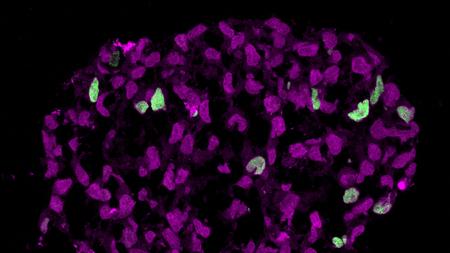MI weekly selection #108

Human primordial germ cells created in a lab
Scientists have found a way to create human primordial germ cells, or PGCs, in a lab. The research stresses they are significantly different than those of mice, calling into question the efficacy of mouse experiments as related to human cell development. Scientists reprogrammed human embryonic stem cells and induced pluripotent stem cells to create the PGCs.
Reality, imagination flow in different directions in brain
Reality and imagination, their neural signals, move in different directions in the brain, with visual information from what the eyes see flowing up from the occipital lobe to the parietal lobe, and images concocted in the imagination flowing down to the occipital to the parietal, according to a study published in NeuroImage.
Researchers find 98 new beetle species in Indonesia
Researchers have discovered 98 new species of beetle in Indonesia. The beetles are all members of the genus Trigonopterus.
Photoreceptors preserved in 300M-year-old fish fossil
Scientists have gotten a unique look inside the eyeballs of an ancient fish that’s so well preserved, rods and cones are still visible using a scanning electron microscope. According to the finding, fish have been able to see in color for at least 300 million years, the age of the fossilized Acanthodes bridgei found in a Kansas quarry that once was a shallow lagoon. This is the first time fossilized photoreceptors have been found in a vertebrate’s eye.
Heavily interconnected economies are vulnerable to shocks
A network analysis finds that the European economies with the most interconnections, like Germany, are the most vulnerable to economic crises in the absence of government intervention.